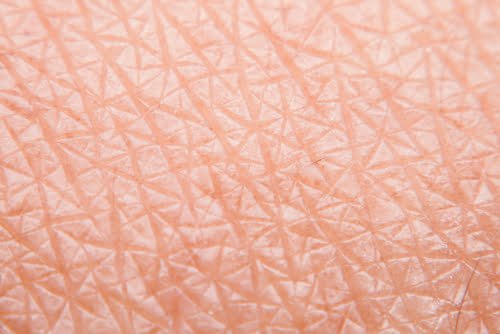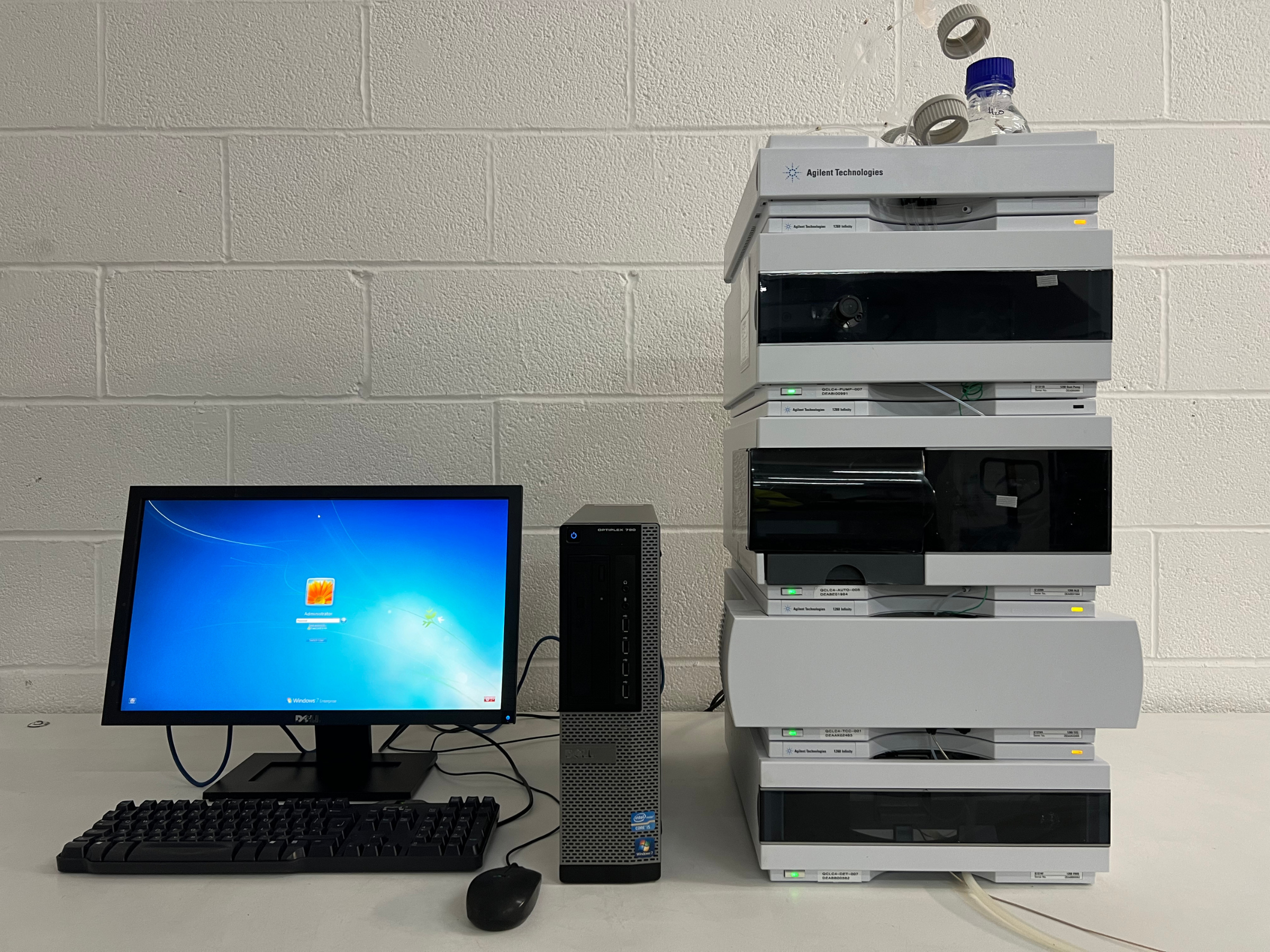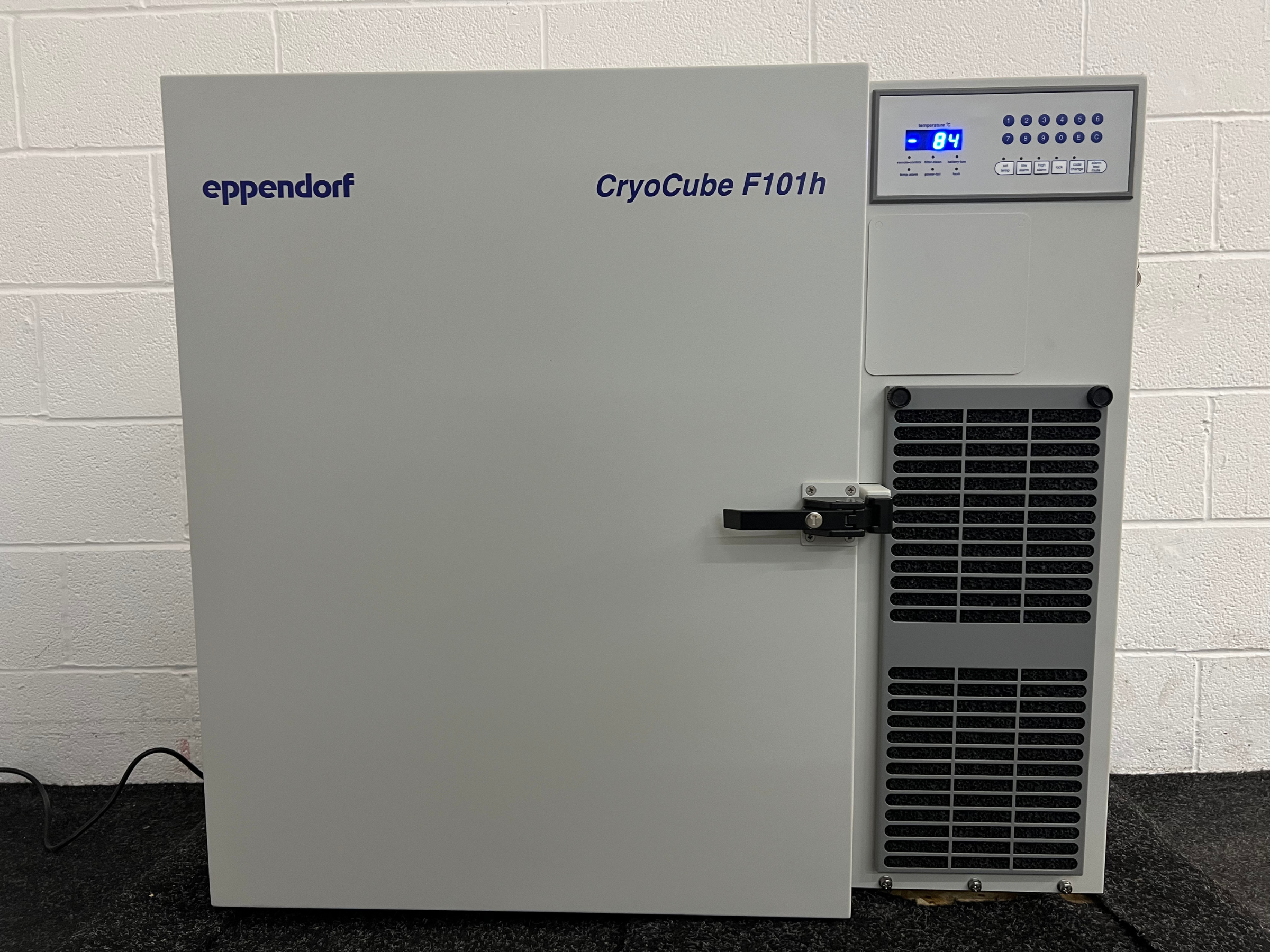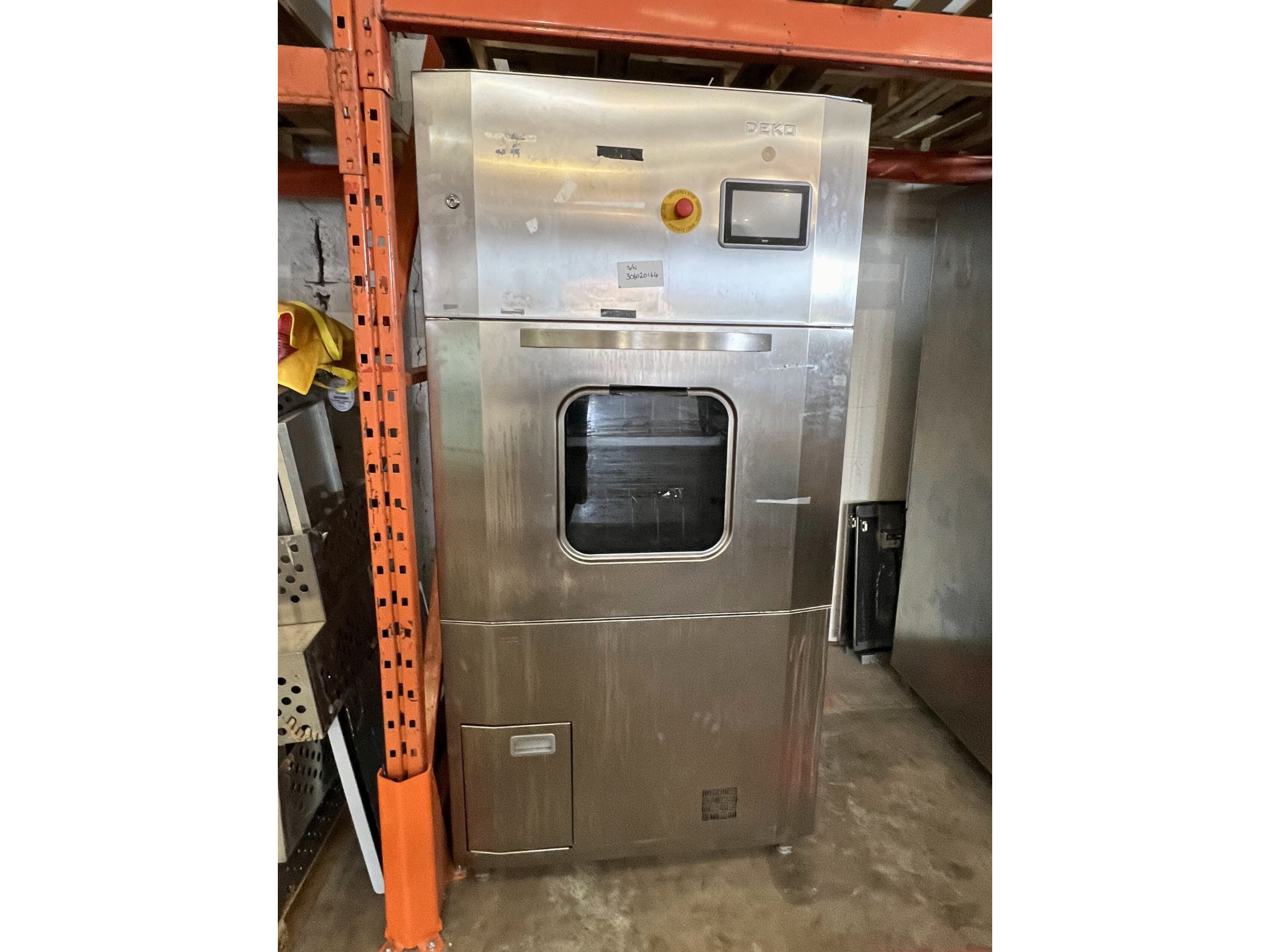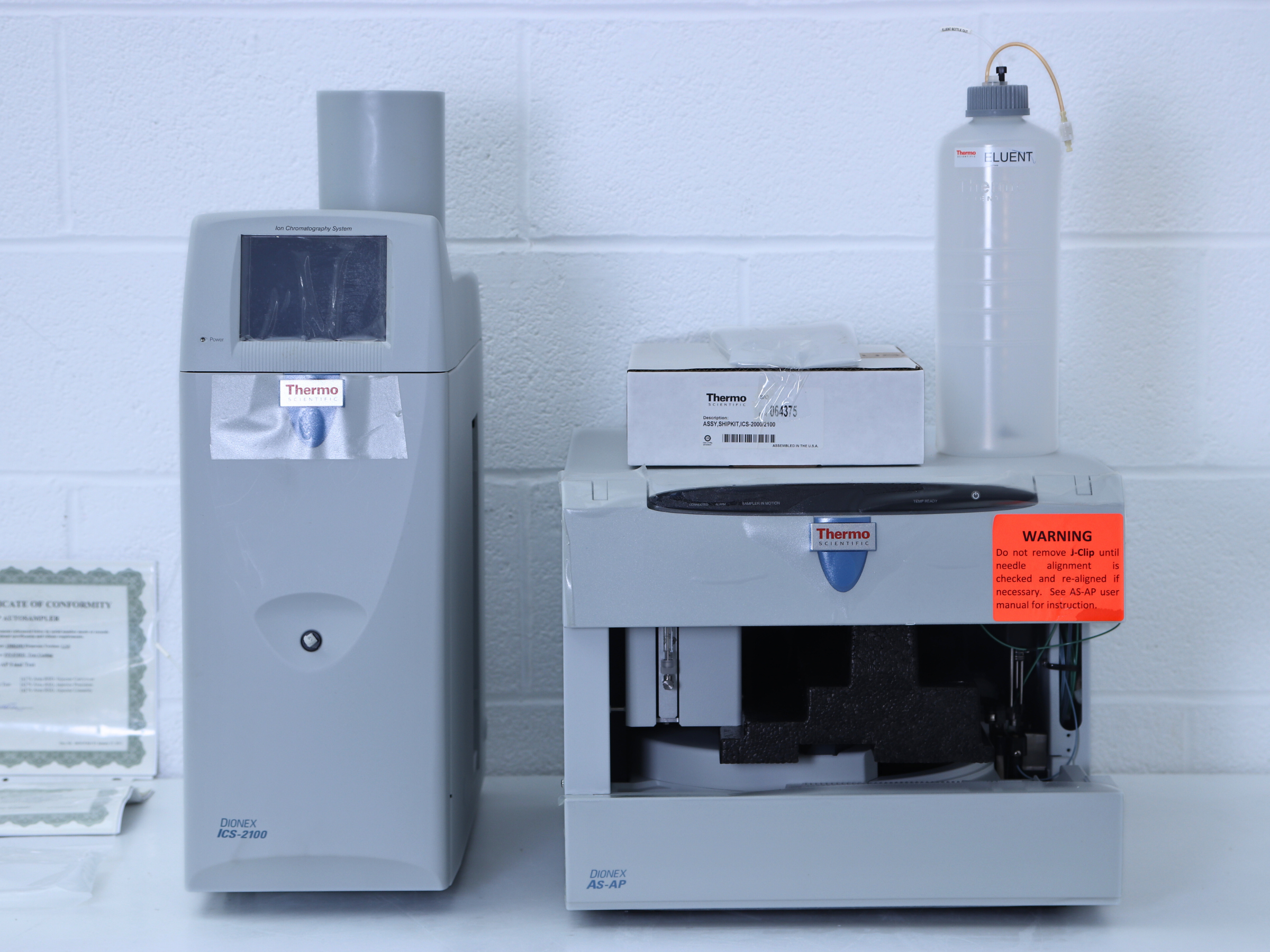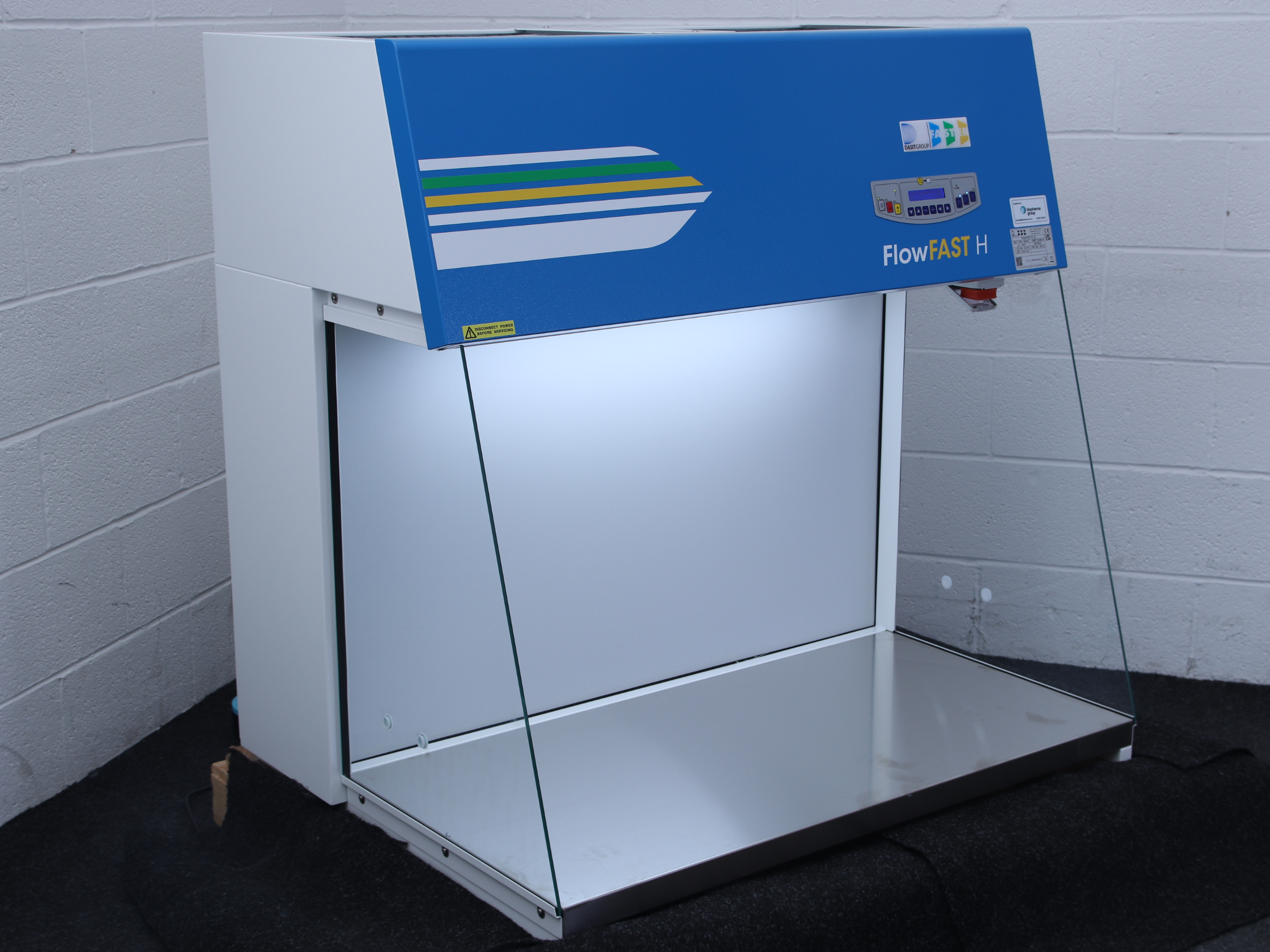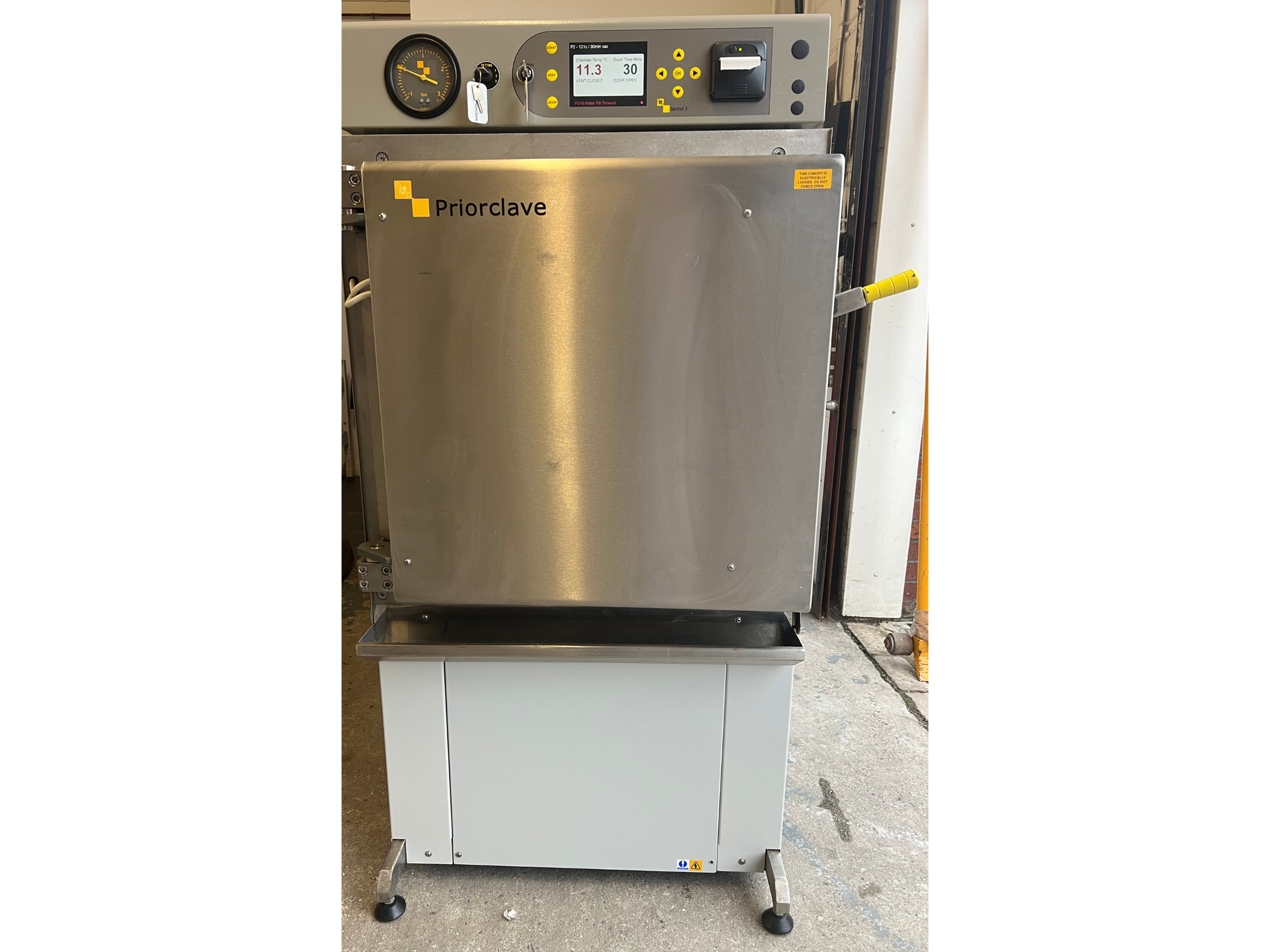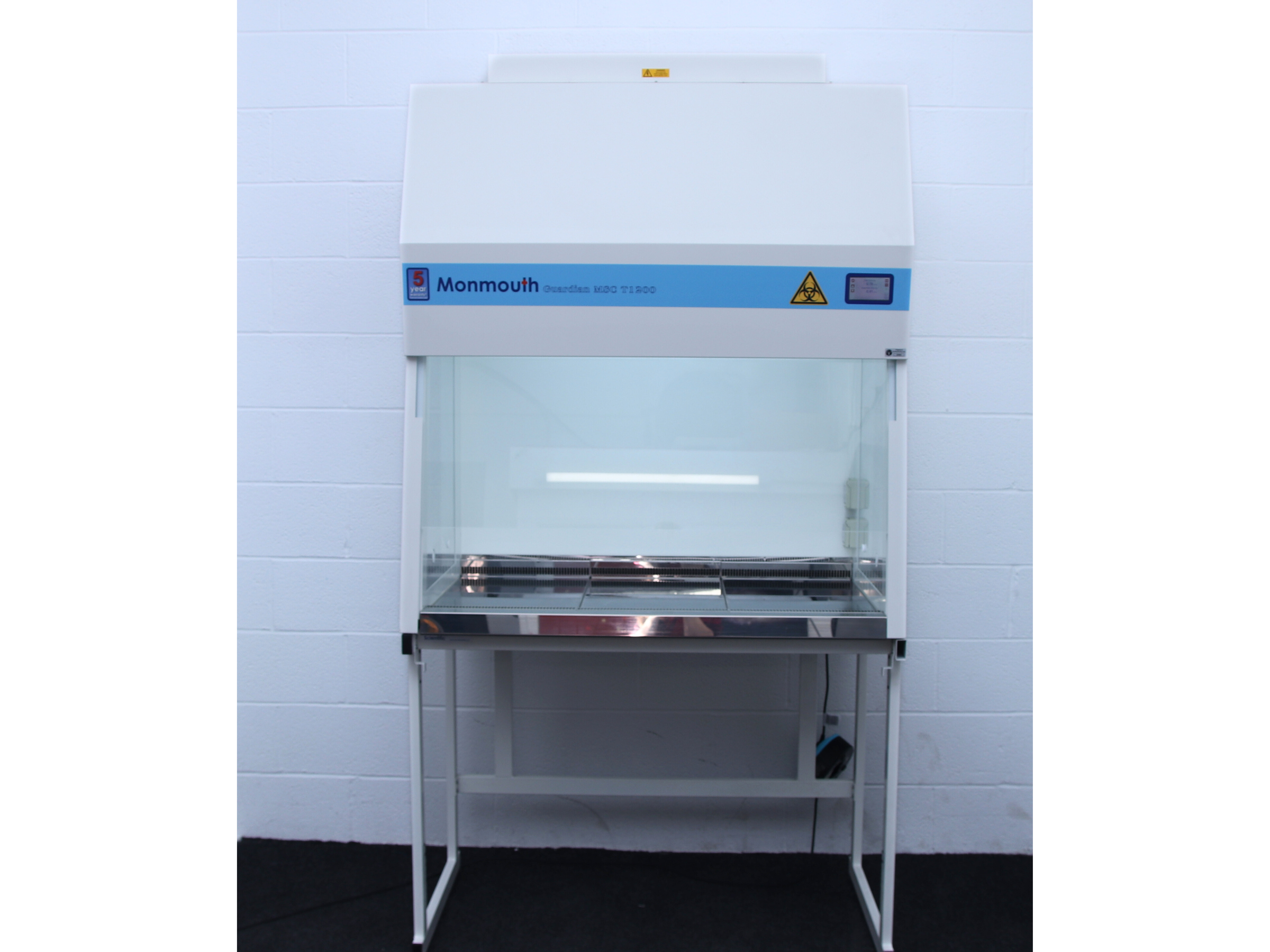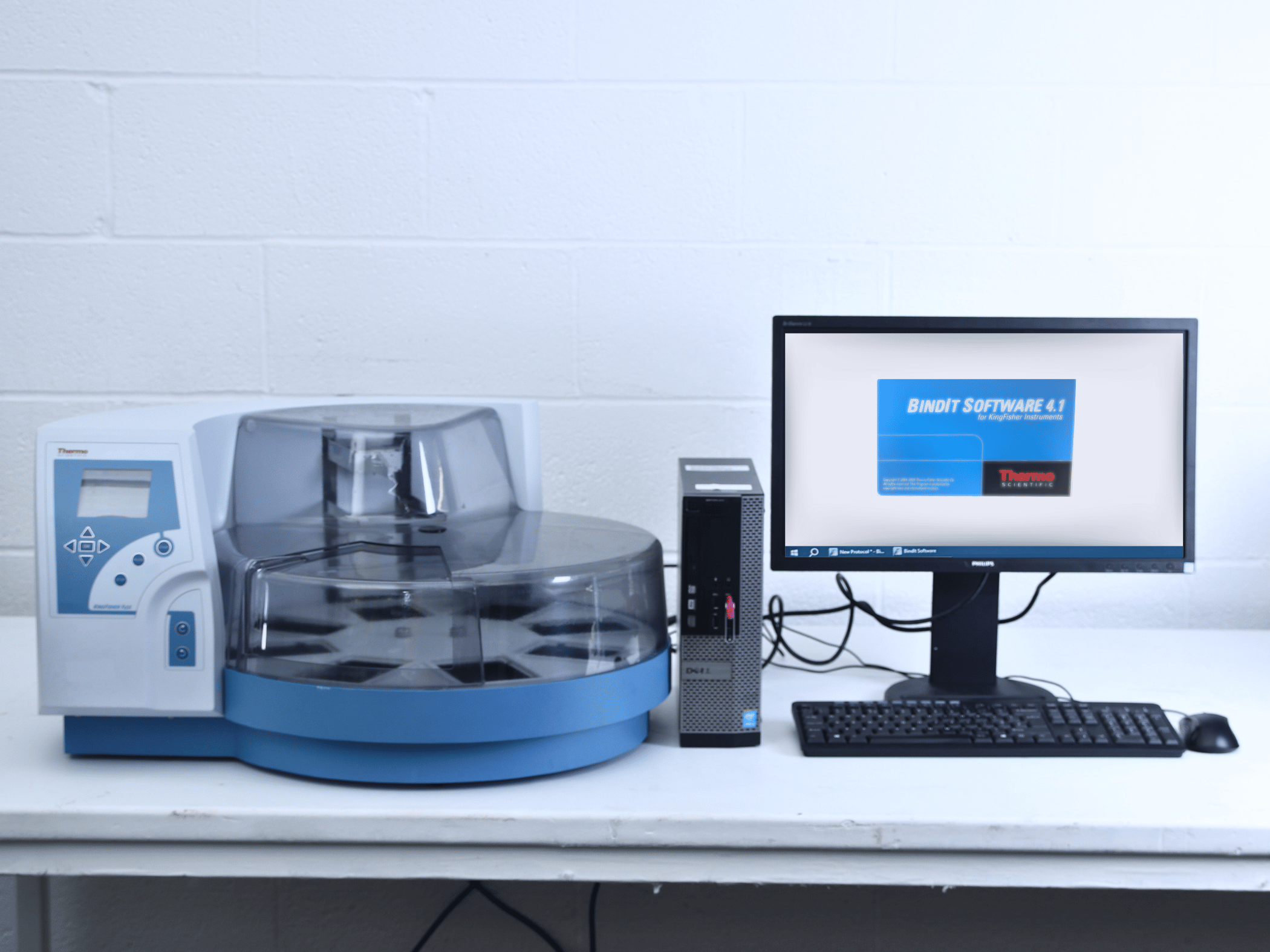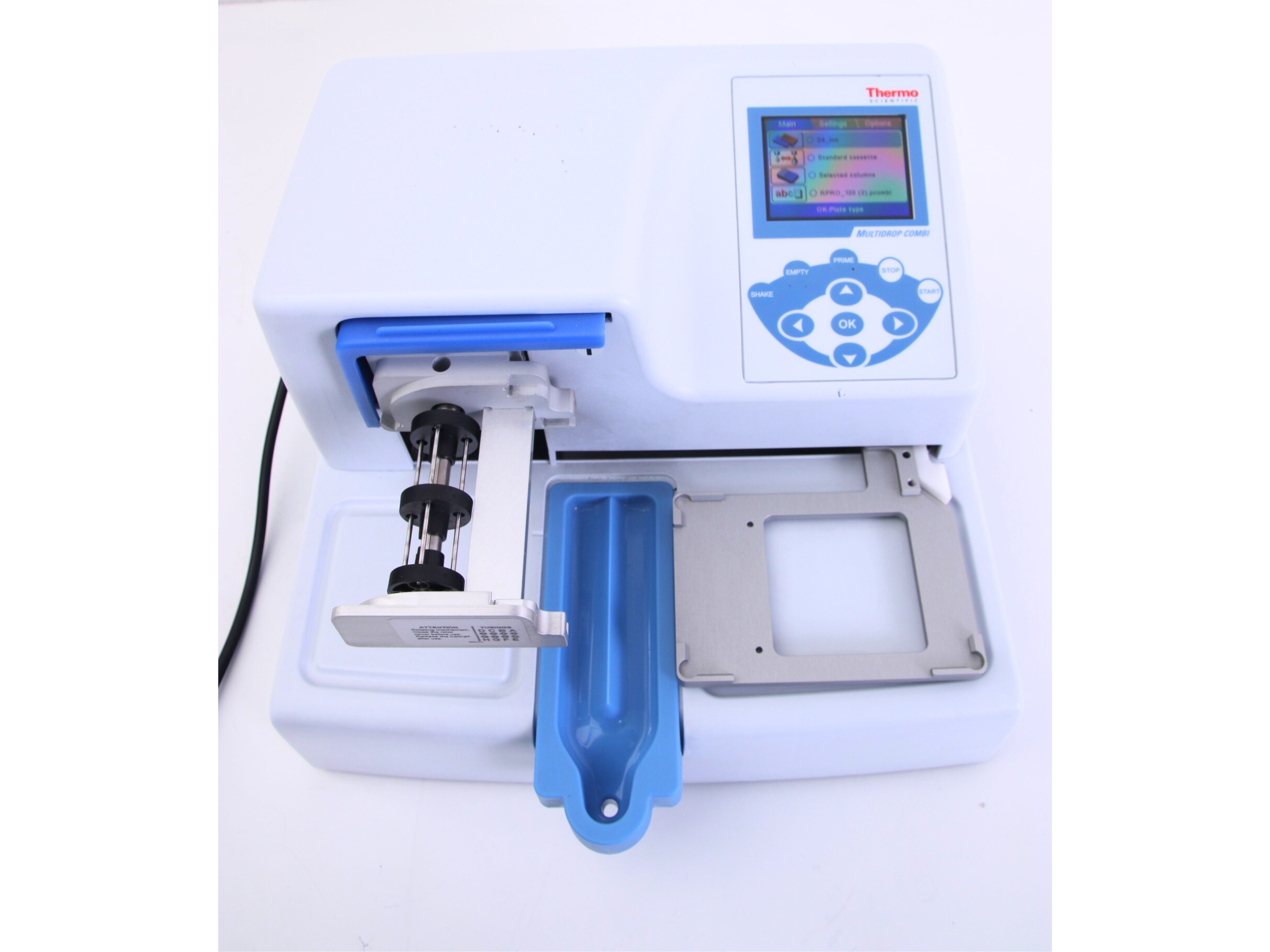How old are you? A simple enough question which many people would answer without a second thought. However, biologists have various different ways of answering this question. Firstly, there is our mental age, where, especially as children, we develop at different rates. For example, at school, teachers may classify children as having a ‘reading age’ for example. Secondly, there is our chronological age, the one we celebrate each year on our birthday! More recently scientists have been using the application of UHPLC to determine age – our biological age.
Biological age: This may seem counterintuitive. Some researchers believe that our chronological age is not a good indicator of our biological age. It seems it is our biological age that determines how our body has aged and whether we are going to pick up age-related diseases that could lead to an early death — according to our chronological age.
So, should I ignore my birthday?
Celebrating your birthday each year only tells you how much time has passed since you were born. However, this may not be a true reflection of how old your body is. This is important as our bodies all age at different biological rates. Some researchers believe that our biological age is a better indicator of health than our chronological age.
As we all grow older, our cells get damaged and the ability to repair them diminishes over time. However, the rate at which this damage affects our bodies can vary from person to person.
Factors which affect this rate include:
- Genetics
- our lifestyle and,
- the environment we live in.
Measuring your ‘true’ age with chromatography
It is believed that finding a method to measure our biological age would be very useful in assessing more accurately our individual risk to age related diseases. This information would allow individuals to undergo treatments to prevent them occurring, as well as measure the effectiveness of possible preventative treatments.
One mechanism which researchers believe could be at the root of biological aging is oxygen. By-products in the body can be damaging as they act as ‘free-radicals’ which can cause harm to our cells and genetic material. This is a process known as oxidative damage.
A team of China-based scientists have designed a simple urine test that can tell how much our bodies have aged by measuring a marker of cellular damage. The test measures the amount of a biomarker of oxidative damage in the body using liquid chromatography.
Previous animal research found that levels of 8-oxoGsn tend to increase with age. This can be detected with a simple urine test. In the new study, therefore, they wanted to determine if the same applied to humans.
Using samples from over 1000 people (aged between 2 and 90), and using the application of UHPLC to determine age, the research team found that the levels of the biomarker — 8-oxoGsn — increased as age increased.
It was also found that levels of 8-oxoGsn did not seem to differ among men and women, except in postmenopausal women, who had higher levels of this marker. The authors speculate that this may be due to the drop in estrogen in postmenopausal women.
This suggests that the biomarker could be a novel way to evaluate the aging process in adults, and the method they described is simple to use and could be used in large-scale trials.
Sources:
Urinary 8-oxo-7,8-dihydroguanosine as a Potential Biomarker of Aging
Gan et al.
https://www.frontiersin.org/articles/10.3389/fnagi.2018.00034/full
View our current range of used HPLC Systems
